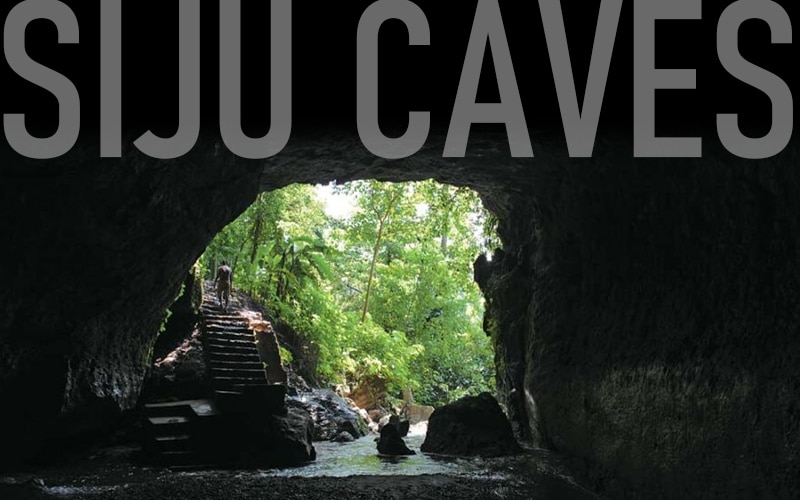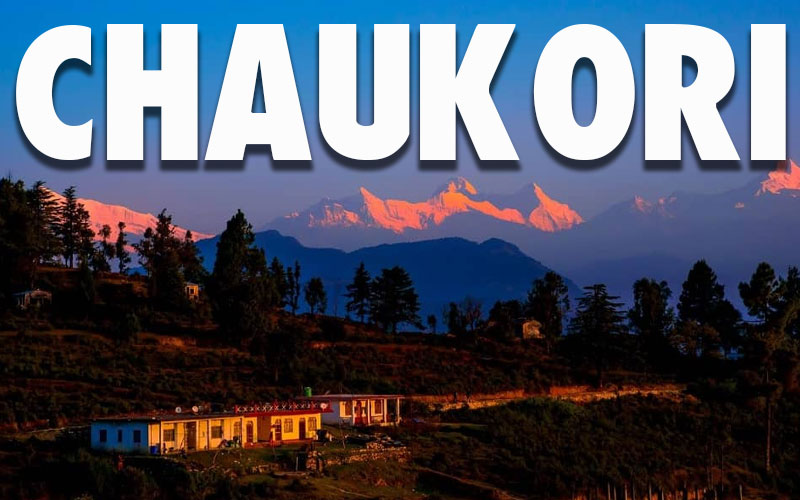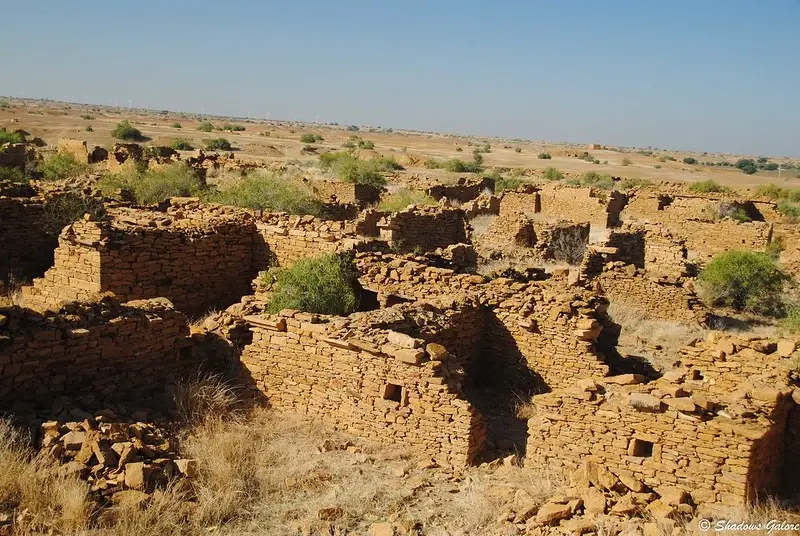In India, there’s a place that feels like Mars—only here, water flows through an ancient labyrinth. Hidden beneath the surface, it’s a world where shadows play on limestone walls, and the air hums with nature’s secrets. Time and water have carved this portal into a mystical underworld, an almost unreal realm. At Savaari, we’re always drawn to offbeat destinations, but when we stumbled upon photos of this place, we knew we had to experience it firsthand.
Hence, team Savaari’s journey began with the scenic roads of Meghalaya, cruising in a Savaari cab from Shillong, guided by a knowledgeable driver and fueled by curiosity. This led us to Siju Caves—a natural wonder nestled in the lush landscapes of Meghalaya in the South Garo Hills. It’s a surreal place that it feels like it belongs to another planet, and what we discovered, truly shocked us.
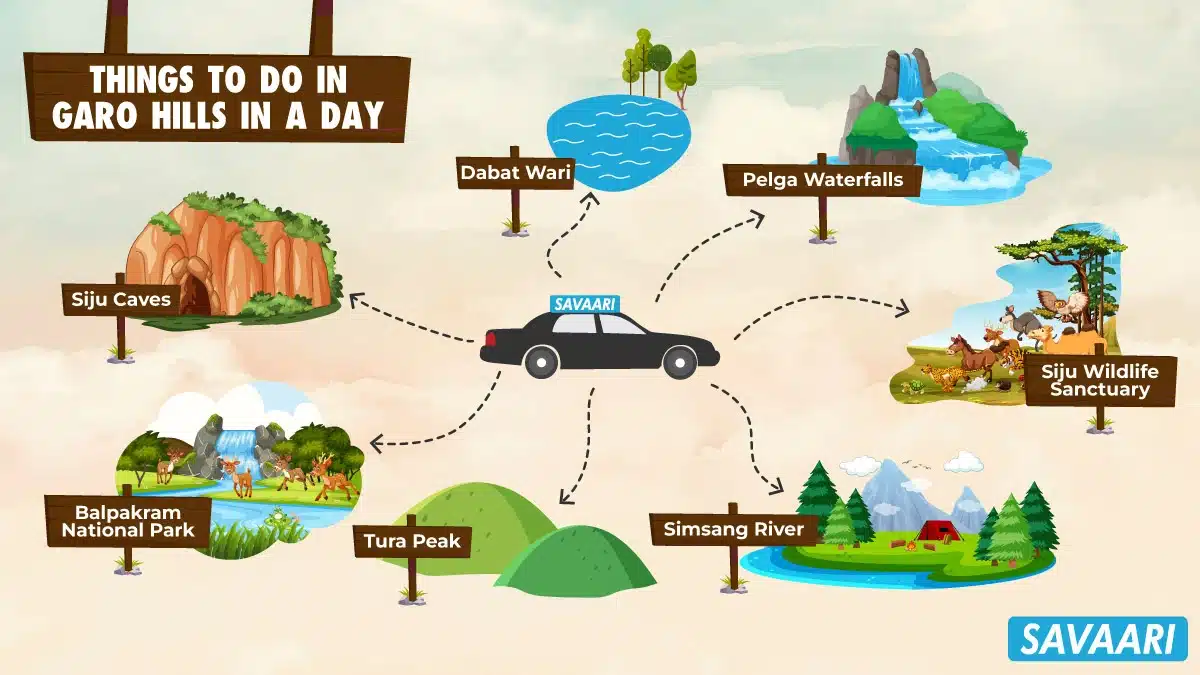
A road to the unknown – The journey to Siju Cave
Our adventure began in Shillong, the charming capital of Meghalaya, with its cool breeze and bustling streets setting the perfect tone. From Shillong, it’s a 6-7 hour drive to Siju Cave, covering roughly 250 kilometres of pure scenic delight. The road trip was absolutely divine! Our driver, Kharpuli, a local expert, not only guided us through winding roads but also introduced us to Meghalaya’s culinary treasures. We relished in local flavours of Meghalaya on the way, like Jadoh, Doh Khlieh, Kyat, Tungrymbai, Dohneiiong, and Pumaloi, as every bite narrated a story of local flavours.
The drive took us through rolling emerald hills, dense forests, and quaint villages where life seemed blissfully unhurried. The landscape changed constantly, with cascading streams shimmering like silver threads under the sun and the occasional mist adding a dash of mystery.
For those starting their journey in a Savaari cab from Guwahati, the 5-6 hour drive offers a similar transition—from the urban buzz to the serene wilderness of the Garo Hills. Every twist and turn of the road brings a fresh surprise: endless green horizons, the sound of chirping birds, and the scent of wet earth after a drizzle. It was an immersion into the raw, untouched beauty of Meghalaya—a perfect prelude to the marvel that is Siju Cave.
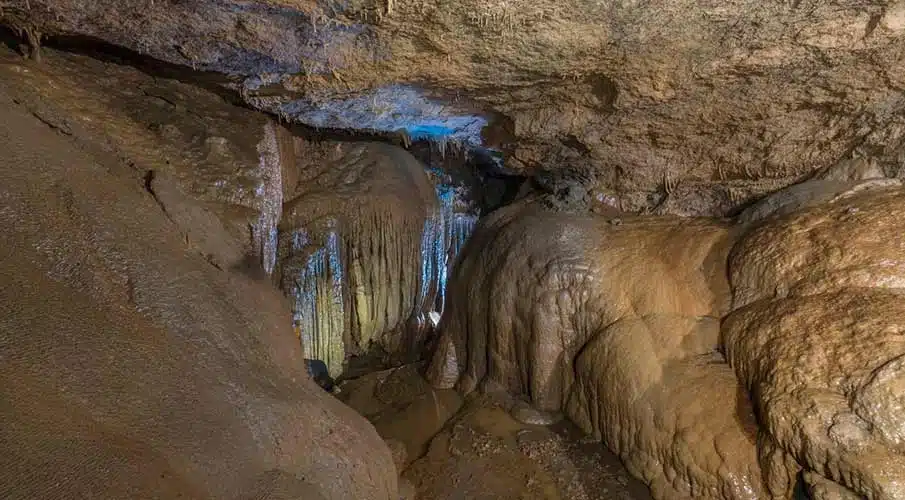
A grand entrance to another world
Our guide, Kharpuli, led the way as we approached the Siju Cave. From the road, a short walk through the dense Garo Hills brought us to the entrance—a towering arch of rugged rock, half-veiled by creeping vines and moss. Kharpuli’s brief introduction added to the anticipation as we climbed the steps toward the cave. The entrance, glistening with droplets of water, seemed almost alive, its limestone formations illuminated by the faint light filtering through the forest canopy.
At the mouth of the cave, we paused. The passage ahead was narrow, vanishing into a void of pitch darkness, where every sound echoed back as if nature itself was whispering secrets. The air felt cooler, damp, and heavy with the scent of wet stone. With an entry fee of just INR 50 per head, this hidden marvel was surprisingly underexplored, despite its location in a region boasting over 1,500 caves, only 980 of which have been mapped.
Stepping inside, we were struck by the stunning stalagmite formations, some resembling the udders of a cow, while others formed intricate patterns carved by time and water. A gentle stream flowed underfoot, part of the cave’s labyrinthine system, fed by tributaries of the Simsang River. Kharpuli explained that the cave is home to over 100 species, including a rare cave-dwelling shrimp and a unique snail species, discovered only recently. As we ventured further, each step felt like peeling back a layer of the earth’s mysteries.
Inside Siju Cave – A whole different world
Stepping into Siju Cave felt like descending into the very heart of the earth, similar to our experience of exploring the fascinating Krem Chympe caves in Meghalaya. A mixture of excitement and unease gripped us as we ventured deeper. The air grew cooler, and the light from outside faded, leaving only the soft glow of our headlamps. Towering stalactites hung like delicate chandeliers, while stalagmites rose from the floor, their forms shaped by centuries of dripping water. The rhythmic sound of flowing streams and the occasional flutter of bat wings filled the cavern, creating an almost otherworldly symphony.
Our guide, Kharpuli, shared fascinating details about the cave’s history, its labyrinth of passages, and the many explorers who had marvelled at its beauty. Each turn revealed something new—hidden pools, small waterfalls, and intricate rock patterns. The journey was no walk in the park; at times, the water beneath our feet rose above our knees, and the uneven floor demanded every bit of our attention.
Inside the darkness, the cave’s scale and complexity were humbling. With headlamps barely cutting through the inky black, we stuck close to our guide to avoid getting lost in the maze-like passages. For a moment, time seemed to stand still as we absorbed the raw beauty of this subterranean world.
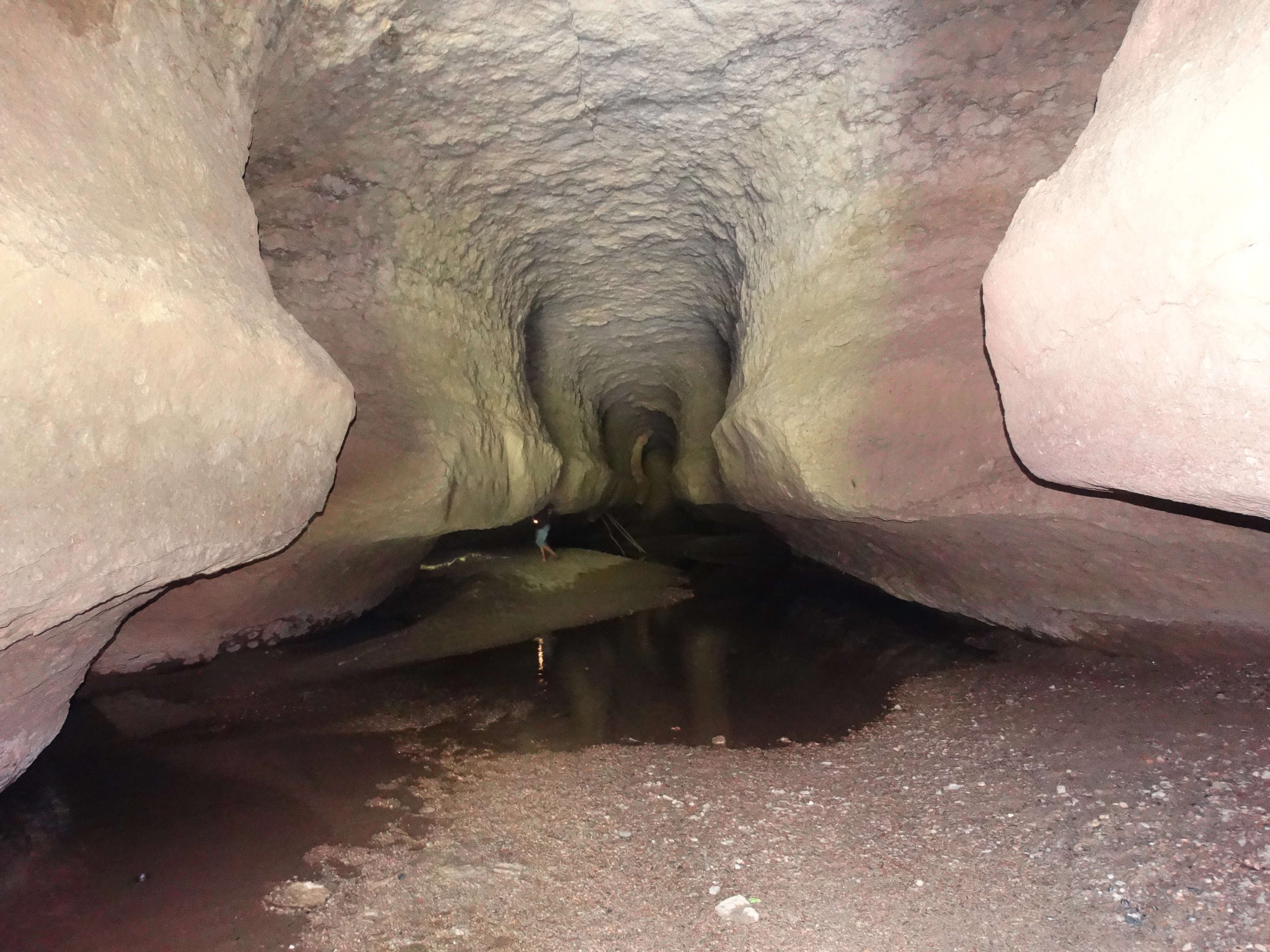
Siju Cave’s colony of bats
Siju Cave, often called the “Bat Cave,” is a sanctuary for thousands of bats, playing a vital role in its fragile ecosystem. At one point, our guide paused and gestured upward, urging us to look for the bats nestled in the cave’s dark recesses. As we directed our headlamps toward the ceiling, we saw a sea of bats hanging upside down, their high-pitched squeaks creating an eerie symphony in the cavern’s stillness.
Kharpuli pointed out a species called Hipposideros larvatus, a common sight in Meghalaya’s caves. Suddenly, a strange humming sound and a pungent odour filled the air. As our eyes adjusted to the dim light, we noticed countless yellowish glints above us—the glowing eyes of thousands of bats. It was mesmerizing yet surreal, watching them flutter and dart through the cave’s dark corridors.
Though capturing clear photographs with our limited equipment was challenging, the soundscape and sight of this vast bat colony etched themselves into our memories. While we were tempted to delve deeper into the cave’s mysteries, we decided to follow Kharpuli’s lead and retrace our steps. There’s so much more to explore, but for now, the experience of being amidst thousands of bats will remain a cherished adventure.
The science behind Siju cave’s wonder
Siju Cave once held the title of India’s longest cave, with a recorded length of 1,200 meters (3,900 feet) until 1981. Subsequent explorations have extended its surveyed length to an impressive 4,772 meters (15,656 feet), ranking it as the 14th longest cave in India today. Nestled within Meghalaya’s limestone-rich hills, which thrive under heavy rainfall, Siju is part of a region renowned for its expansive cave systems. While some caves surpass Siju in size, its scientific significance remains unparalleled.
Siju Cave boasts a unique biodiversity, hosting rare species from the Arachnida and Insecta classes, along with several bat species, making it a key site for ecological research. Its origin dates back to the Eocene period when the Garo Hills were submerged under a vast marine ecosystem. Over millions of years, water carved intricate tunnels and chambers, transforming limestone deposits into a geological masterpiece.
Today, Siju serves as both a natural wonder and a vital research hub. Scientists flock to study its bat colonies, fungi, and cave-dwelling insects. Despite modern advancements like carbon dating and geological mapping, many of the cave’s mysteries remain untold, making it a living laboratory brimming with potential discoveries.
More than just a cave – Nearby attractions
While there are several waterfalls in Meghalaya, stepping out of Siju Cave, we were reminded that the cave is just one gem in Meghalaya’s stunning natural topography. A short walk led us to Dabat Wari, a tranquil spot along the Simsang River. Its calm, clear waters and verdant surroundings offered a refreshing contrast to the cave’s shadowy allure. Sitting by the river, listening to its gentle flow, was a moment of pure serenity.
For wildlife enthusiasts, the nearby Siju Wildlife Sanctuary is unmissable. This lush sanctuary teems with life, from the hornbills to the elusive peacock pheasant. Migratory birds, like Siberian ducks, add to the sanctuary’s charm, making it a haven for birdwatchers and photographers alike. The adventure doesn’t end there—the surrounding Garo Hills boasts excellent trekking trails. After exploring the several living root bridges of Meghalaya that came along the way, each path takes you deeper into Meghalaya’s wild heart, where the whisper of the wind and the rustle of leaves keep you company.
When to visit Siju Caves and what to expect
The best time to visit Siju Cave is between October and March when the weather is cool and dry. The monsoon season, while adding to the area’s lush beauty, can make the cave inaccessible due to flooding. For those planning to explore Siju in-depth, the Meghalaya Adventurers Association organizes guided caving trips. Equipped with proper gear and experienced guides, these expeditions offer a safe and thrilling way to uncover the cave’s hidden treasures.
If you’re looking for a place to stay, the Siju Tourist Lodge, run by the State Department of Tourism, provides comfortable accommodation amidst leafy surroundings. It’s the perfect base for exploring the cave and its nearby attractions. Meghalaya is also known for its vibrant festivals, including the Behdienkhlam Festival, celebrated in the Jaintia Hills region during June or July, depending on the lunar calendar.
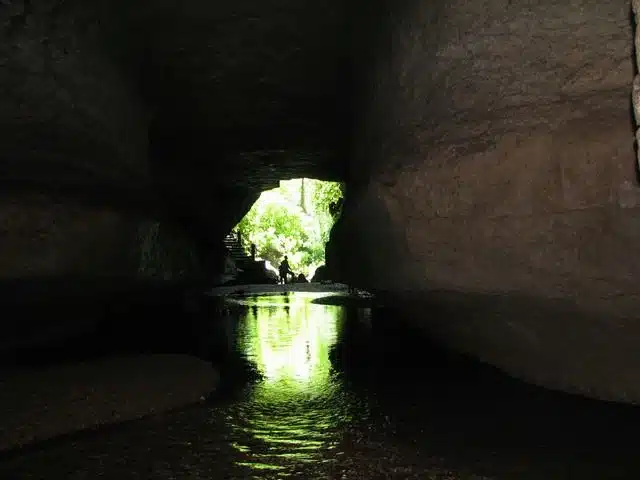
Things to know – Opening and closing time of Siju Cave
| Monday | 09:00 AM – 04:00 PM |
| Tuesday | 09:00 AM – 04:00 PM |
| Wednesday | 09:00 AM – 04:00 PM |
| Thursday | 09:00 AM – 04:00 PM |
| Friday | 09:00 AM – 04:00 PM |
| Saturday | 09:00 AM – 04:00 PM |
| Sunday | Closed |
Things to remember while visiting Siju Caves
- Wear Comfortable, Waterproof Footwear
The cave floor is wet and slippery due to the continuous flow of water. Sturdy waterproof shoes will ensure a safe and comfortable exploration. - Hire a Local Guide
Siju Cave has a maze of passages that can be confusing. A knowledgeable guide can enhance your experience and help you navigate safely. - Carry a Reliable Light Source
The cave’s interior is pitch dark, so bring a strong flashlight or headlamp to illuminate your path and highlight stunning formations. - Watch Your Step
Be cautious while walking, as the rocks are slippery. Move slowly and mindfully, especially near water pools. - Respect the Environment
Siju Cave is home to delicate ecosystems. Avoid touching formations, disturbing wildlife, or leaving behind any litter. - Check Weather Conditions
Avoid visiting during heavy rains, as water levels inside the cave can rise unexpectedly, posing safety risks. - Pack Essentials
Bring a backpack with basic necessities like drinking water, a raincoat, and some snacks to keep you energised. - Travel in a Group
Exploring with others ensures safety and allows you to share the excitement of discovering this natural wonder. Do not miss the Rongchang Rock Formation. It is another interesting place to visit.
Unveil the mysteries of Siju Caves with Savaari
Exploring the beauty of Siju Cave and its surroundings left one thing clear: this natural wonder must be preserved. We’re grateful to have experienced its magic firsthand. However, an adventure through the Garo Hills and Siju Cave is even better with the ease and reliability of a trusted cab service. With Savaari’s expert drivers and well-maintained vehicles, your journey becomes seamless, letting you focus entirely on the experience. Book a cab by downloading the Savaari app, and after a day of thrilling cave exploration, you can sit back, relax, and carry home memories that will last a lifetime. The wonder of standing in a space shaped over millions of years, the excitement of exploring the unknown, and the tranquillity of nature’s untouched beauty. Ready to embrace the call of the underworld? Siju is waiting.
Last Updated on January 6, 2025 by Shabari Shankar
